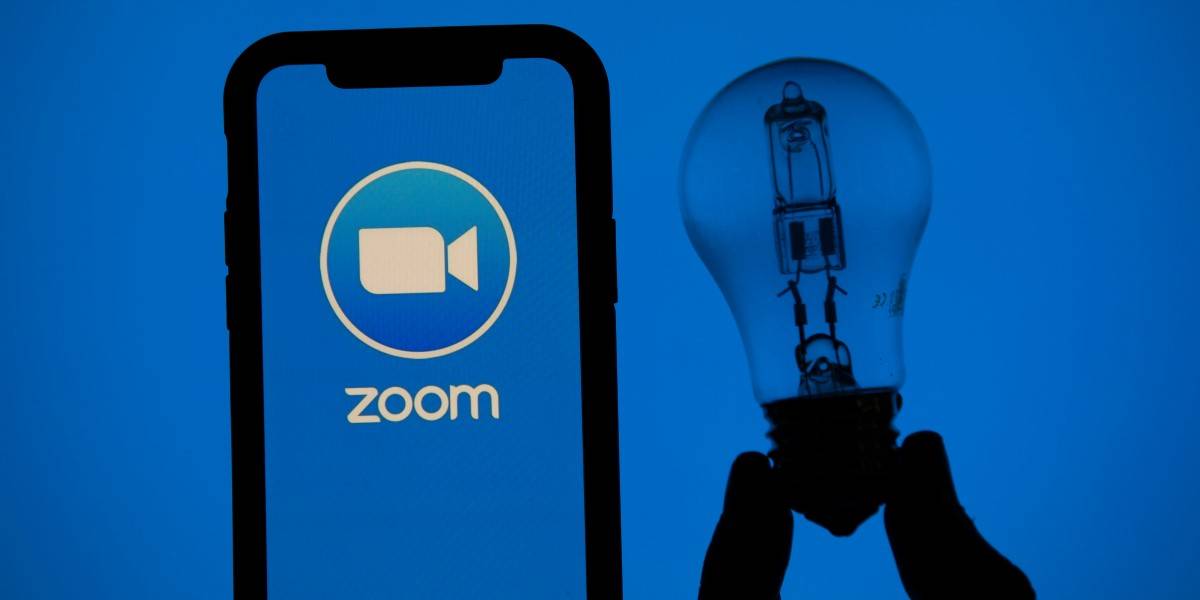Remember when Zoom was rumbled for lousy crypto? Six months later it says end-to-end is ready

The world’s plague-time video meeting tool of choice, Zoom, says it’s figured out how to do end-to-end encryption sufficiently well to offer users a tech preview.
News of the trial comes after April 2020 awkwardness that followed the revelation that Zoom was fibbing about its service using end-to-end encryption.
As we reported at the time, Zoom ‘fessed up but brushed aside criticism with a semantic argument about what “end-to-end” means.
“When we use the phrase ‘End-to-end’ in our other literature, it is in reference to the connection being encrypted from Zoom end point to Zoom end point,” the company said. The commonly accepted definition of end-to-end encryption requires even the host of a service to be unable to access the content of a communication. As we explained at the time, Zoom’s use of TLS and HTTPS meant it could intercept and decrypt video chats.
Come May, Zoom quickly acquired secure messaging Keybase to give it the chops to build proper crypto.
To use it, customers must enable E2EE meetings at the account level and opt-in to E2EE on a per-meeting basis
Now Zoom reckons it has cracked the problem.
A Wednesday post revealed: “starting next week, Zoom’s end-to-end encryption (E2EE) offering will be available as a technical preview, which means we’re proactively soliciting feedback from users for the first 30 days.”
Sharp-eyed Reg readers have doubtless noticed that Zoom has referred to “E2EE”, not just the “E2E” contraction of “end-to-end”.
What’s up with that? The company has offered the following explanation:
Don’t go thinking the preview means Zoom has squared away security, because the company says: “To use it, customers must enable E2EE meetings at the account level and opt-in to E2EE on a per-meeting basis.”
With users having to be constantly reminded to use non-rubbish passwords, not to click on phish or leak business data on personal devices, they’ll almost certainly choose E2EE every time without ever having to be prompted, right? ®
READ MORE HERE

